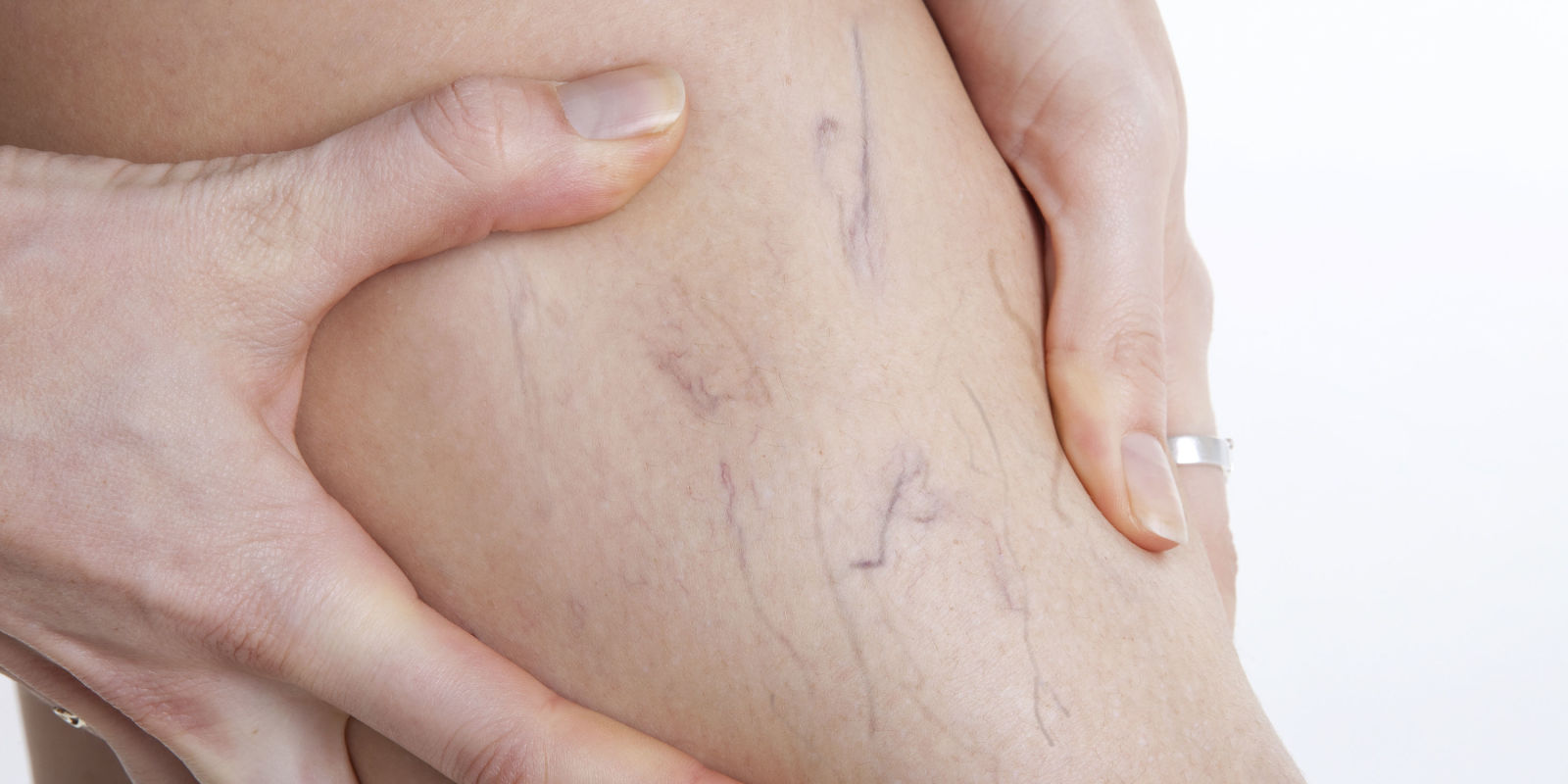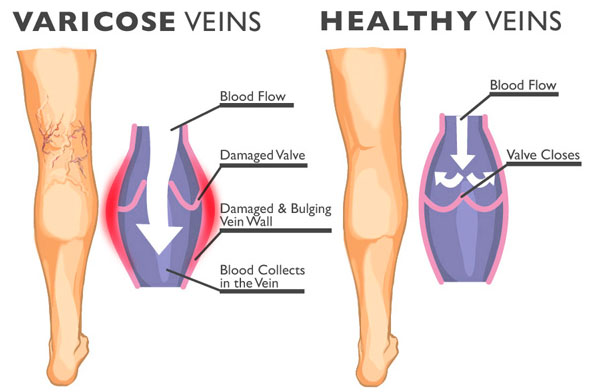How To Treat Varicose Veins After Weight Loss Surgery
Losing weight is the first step to healthier veins and more-so a healthier you. It, however, does not eliminate or change the existence of the varicose veins that are already present but can make your legs feel much better and reduce the risk of additional veins. The good news is, there are a variety of options to treat and help prevent them.
If you have concerns about varicose veins before or after WLS it is best to speak to your weight loss surgeon. It is also important to understand what each vein related procedure involves, the type of physician that specializes in vein diagnosis, and their capability in administering treatment. These specialists include Interventional Radiologists, Vascular Surgeons, Phlebologists, Dermatologists and Dermatologic Surgeons.

Varicose Vein Treatment Options
The option recommended will be based on each individual’s condition as it relates to the size, number, and severity of the varicose veins. Procedures are usually performed in the doctor’s clinic and anesthesia is generally not required.
Sclerotherapy
This is a microinjection and a minimally invasive outpatient procedure used to treat superficial varicose veins. It involves injecting a sterile liquid solution, the sclerosant, into the vein allowing it to collapse and be absorbed by the body. A foaming sclerosant can also be used to coat the inside of the vein causing it to fade in approximately 2 weeks to one month, often with multiple treatment sessions.
Endovenous Thermal Ablation
This is also a minimally invasive procedure that treats the backward blood flow in the veins (venous reflux). A catheter that contains an element for heating is inserted into the great saphenous vein (longest vein of the body that runs inside the legs). The vein is heated from the inside causing it to shrink and collapse.
Ligation and Stripping
This is one of the oldest methods and is an invasive treatment where the varicose veins are surgically removed. It is usually performed on the larger, swollen surface leg veins.
Ambulatory Phlebectomy/Microphlebectomy
This technique is used to remove the superficial varicose veins. A series of small incisions are made in the skin and a small tool used to clamp and remove the vein.

While surgical options are the methods of choice to treat and remove varicose veins, there are some do it yourself measures that you can take before and after your procedure to help provide some relief for your legs.
1. Compression stockings can help with some symptoms associated with varicose veins although they are not used as treatment options. If you perform daily tasks that require standing or sitting in the same position for extended periods of time, then wearing compression stockings can be beneficial.
2. Exercising regularly helps to build strength, stimulate blood flow and improve circulation within your legs.
3. Elevating your legs can help to relieve some symptoms and help to reduce leg swelling.
It is important that you speak to your Doctor about the exercises that are recommended and the types of compression stockings that are suitable for your treatment.